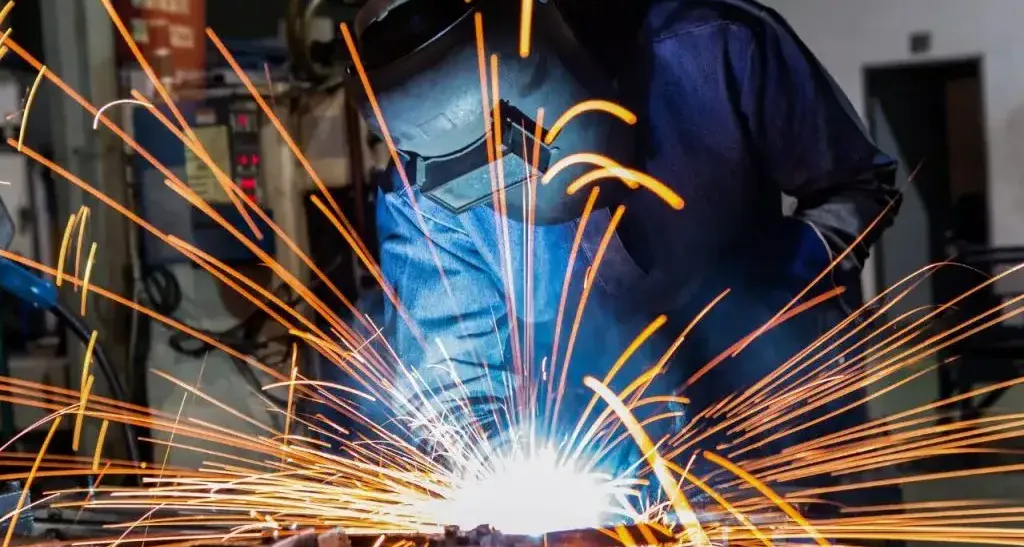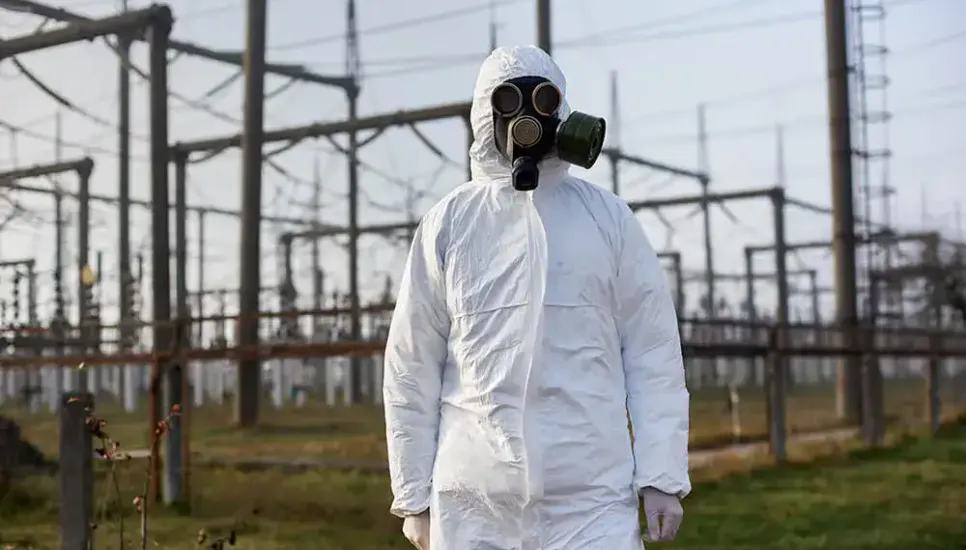Introduction
Fire coating and heat-resistant products are primarily used in industrial and manufacturing buildings, power plants, agricultural storage units, and warehouses, where they are first applied in a liquid form. Once the coating dries, however, it becomes friable, which means that it breaks off easily. This is hazardous for all present workers primarily due to the asbestos content in such heat-resistant materials.Potential Hazards
The risks commonly reported when working with heat-resistant products include:
Exposure to Asbestos.
Heat-resistant materials, fireproof coatings, and flame retardants all contain varying amounts of asbestos, a substance that is not considered to be dangerous so long as it is contained, but that can become hazardous when released into the air. Once a layer of fire coating hardens, for example, it begins to leak asbestos fibers, which can lead to a series of respiratory issues and even to lung cancer. The same may happen when heat-resistant materials, such as pipes in a power plant, are cut or drilled through.Exposure to Hazardous Substances.
Heat-resistant products contain a number of potentially hazardous substances in addition to asbestos. For instance, workers who are frequently required to use spray-on fireproofing may be exposed to crystalline silica, hexavalent chromium, gypsum, as well as mineral wool and fiber glass. Without the proper protective equipment, employees can experience a number of health issues as a result of prolonged exposure to these substances. The latter include breathing difficulty, rashes, allergies, sinus infections, and long-term illnesses such as cancer.Exposure to Invisible Toxic Gases During a Fire.
Fireproof coating and flame retardants have both been shown to increase the danger of invisible toxic gases when they are exposed to fires. These gases are actually the leading cause of death when fires break out indoors, which means that employees who work around heat-resistant products are at greater risk during fire-related emergencies. To avoid otherwise preventable injuries, workers must be able to use the appropriate personal protective equipment.
Incident Prevention
Asbestos and other dangerous substances are gradually being excluded from the production of heat-resistant materials, yet many workers continue to be exposed in older buildings. Given the circumstances, the best measure to ensure the safety of all employees is to provide rigorous safety training in asbestos awareness and respiratory protection.
In addition, workers who are still required to use spray-on fireproof coating must be made aware of the dangers of using such products and provided with proper protective equipment. The latter should include respiratory gear, as well as clothing that can help prevent the exposure of skin to hazardous chemicals.
This is all the more important for employees who are involved in the manufacturing of fireproof coating, flame retardant, and any other heat-resistant products. These workers face the highest risk of exposure to asbestos and must be trained as such.
Recommended Safety Courses
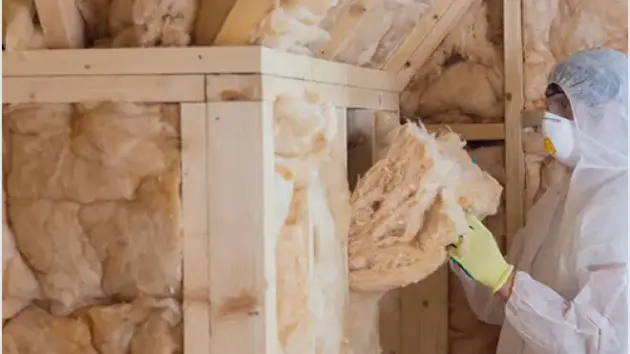
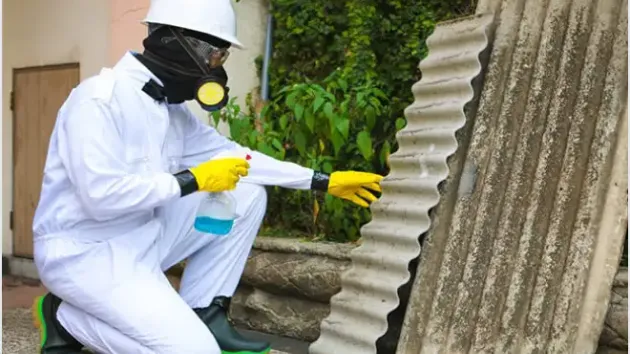
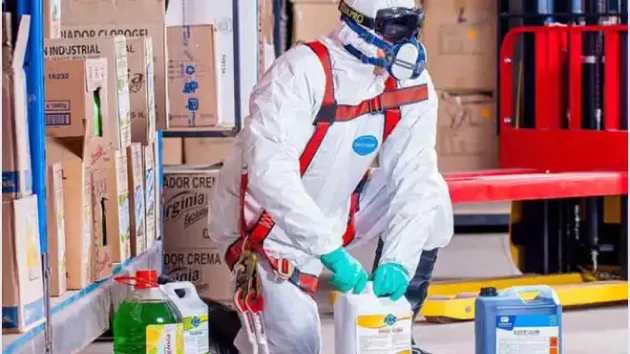
What You Can Do to Stay Safe
As an employee who routinely works with or around heat-resistant materials, fireproof coating, and/or flame retardant, it is your right to receive the appropriate training in order to maintain your health. You can then implement the strategies you learn during these safety courses in your work routine to keep yourself and your colleagues safe.
Handling heat-resistant products may be required in a number of different jobs. These include:
- Electrician, electrical chemist, electrical engineer, and power plant worker in the Energy and Electricity industry.
- Driller, miner, chemist, or petroleum engineer in the Oil and Gas industry.
- Miner, driller, blaster, or surveyor in the Mining industry.
- Warehouse associate, forklift operator, and warehouse manager in the Logistics industry.
- Construction laborer, welder, plumber, or engineering in the Construction industry.
- Production worker/assembler, painter, engineer, or production manager in the Automotive and Manufacturing industry.
To consult an extensive list of safety courses best suited for each of these jobs, please visit the corresponding industry page and select your specific line of work.
